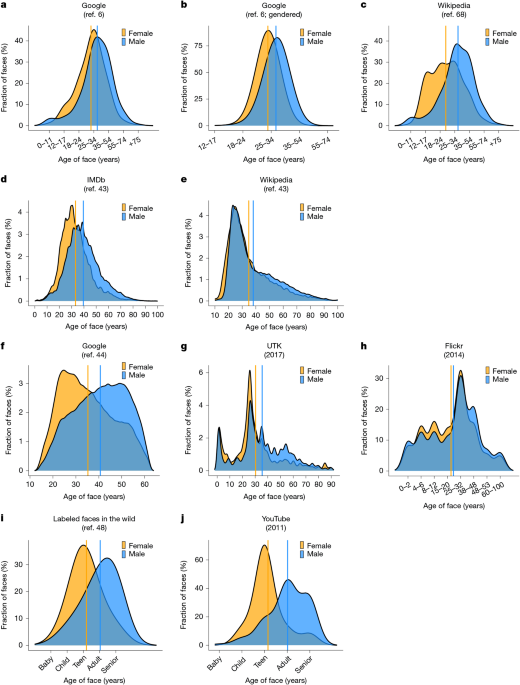
"Some argue that commonplace stereotypes accurately capture observable aspects of social groups; otherwise, they would not gain such widespread adoption. Yet, others argue that stereotypes are often exaggerated or illusory. Assessing stereotype accuracy is challenging because stereotypes involve not only statistical associations (such as expected correlations among the features of a social group) but also normative judgements (such as that one group is superior to another) for which there is no well-defined ground truth."
"Even for statistical associations, identifying the ground truth is difficult. In some cases, this stems from disagreement on how to measure the ground truth, such as enduring debates over how to measure intelligence13 (a heavily stereotyped characteristic14). Yet, even when there is agreement on the relevant constructs, there is often a lack of large-scale, quantifiable cultural data for measuring stereotypical associations and comparing these to ground truth indicators."
Stereotype accuracy remains contested, with some asserting common stereotypes reflect observable group differences while others view them as exaggerated or illusory. Stereotypes combine statistical associations and normative judgments, and normative claims lack a clear ground truth. Measurement disagreements, exemplified by debates over intelligence, complicate establishing ground truth for statistical associations. Large-scale, quantifiable cultural data are often absent, producing inconsistent research findings. Biological age provides an objective anchor for evaluating some stereotypes and can be linked to large-scale statistical biases in online depictions. Older women experience gendered ageism, facing discrimination in hiring and promotion tied to statistical and representational biases.
Read at Nature
Unable to calculate read time
Collection
[
|
...
]